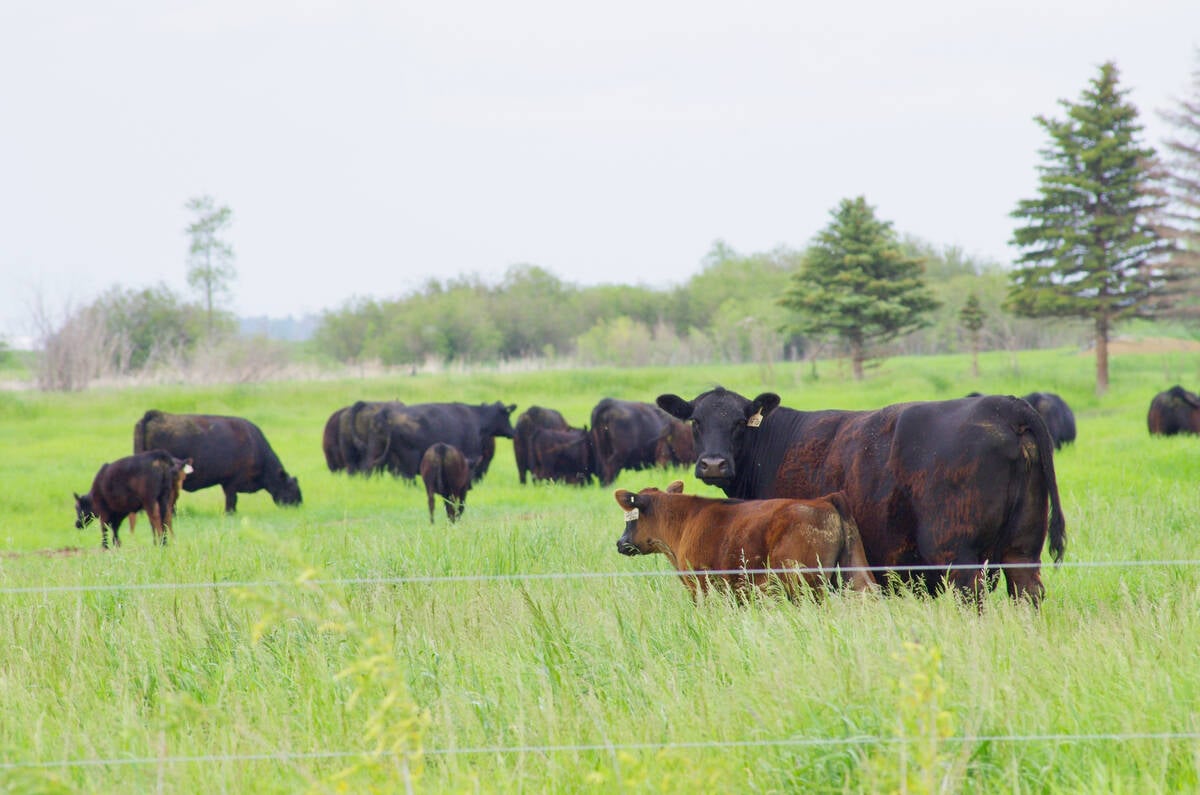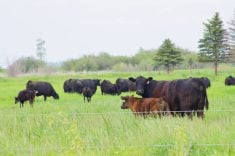A day after Neil Kramer’s auctioneering gavel fell on their sale, two Canadian bison became the first in 31/2 years to cross the American border, bound for Oklahoma.
Canadian bison prices are rising and with them are expectations that the industry will expand with U.S. sales.
The Canadian national bison sale at Canadian Western Agribition in Regina Nov. 20 saw a significant improvement in prices over the year before.
Kramer holds bison sales at North Battleford, Sask., and he said the market for animals is improving after a difficult few years.
Read Also

Tick research from the University of Manitoba focuses on insects and testing
Manitoba researchers are looking into the effects of tick and fly disease in cattle.
Canadian Bison Association president Mark Silzer of Humboldt, Sask., said American producers have been waiting for renewed access to Canadian bison genetics.
“The border reopening was a great day for bison in North America. Great for agriculture and great for the species,” he said.
The 500,000 North American bison have a limited genetic pool on which breeders can draw and the closure of the Canadian border due to BSE led to a narrowed genetic diversity in the species, say producers.
Prices paid in Regina were up 20 percent from the 2006 sale, with seven of the 32 animals on offer going to American buyers. The top selling two-year-old bison bull was a Wood cross from the XY Bison Ranch in Fort St. John, B.C.
The animal brought $3,750 from Rockwood Bison Ranch of Headingly, Man.
The two-year-old bulls averaged $2,442, up 22.5 percent over 2006.
A yearling Plains bull from Wolverine Bison Co. of Humboldt, Sask., brought $7,000 during the auction. The calf had placed first in Agribition’s Canadian Bison Association show and will move to its new home on the Hanson Bison Ranch in Valhalla Centre, Alta.
The remainder of that class sold in a range of $1,050 to $1,950 for an average of $2,341, up from $1,550 in 2006.
Bred two-year-old heifers were up 20 percent over the previous year for an average of $1,800 compared to $1,350, while yearling heifers brought an average of $920 compared to $740 in 2006.
“The prices reflect cautious optimism in the bison industry,” said Silzer.
















